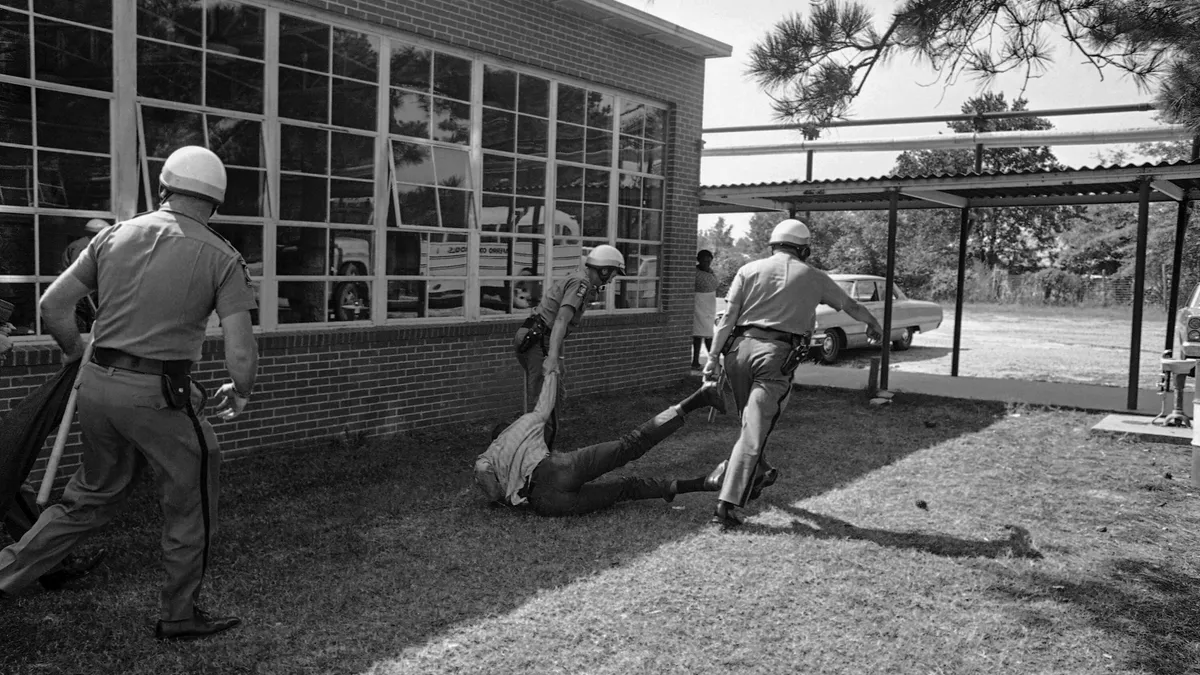Dive Brief:
- Revised Advanced Placement Art History curriculum applies a greater focus on critical thinking as opposed to rote memorization of a Eurocentric selection of images.
- The transformation is meant to help students expand their thinking around issues related to the subject matter, and also learn more of the cultural context related to art around the world.
- The changes aren't new and went into effect in the 2015-16 school year, but they were overshadowed by the loud controversy related to the AP U.S. History course revamp, which also now includes more focus on critical thinking and diverse perspectives.
Dive Insight:
Technology is now reshaping curricula and expanding them, especially when it comes to any social studies or history classes. Blending traditional textbooks with a variety of other content, like newspapers, letters and source documents, lets students become better engaged in learning, which leads to better academic performance. There's definitely a growing trend against rote memorization, since teachers cover material and move on to the next topic without encouraging subject matter mastery or meaningful engagement from students.
The new Advanced Placement U.S. History test also represents a more open-ended approach to encourage high school students to interpret important events in the nation's past on their own. A parallel approach appears to have been taken with art history. Diverse perspectives and a variety of sources beyond a single text can inspire students to be more interested in the subject matter, as they might find themselves better-represented in the topics they're learning about.












